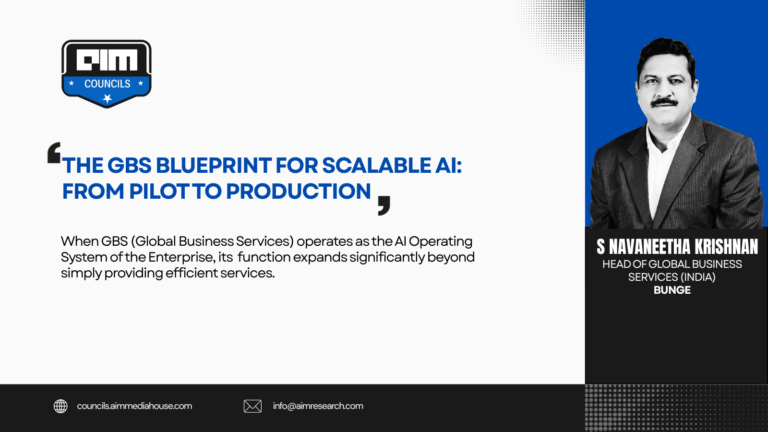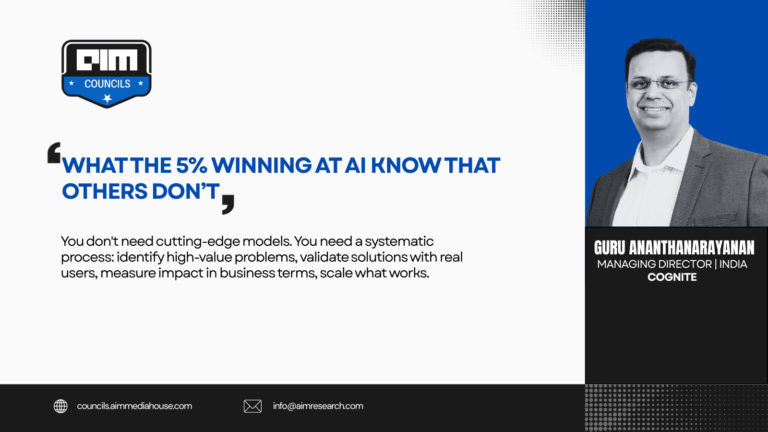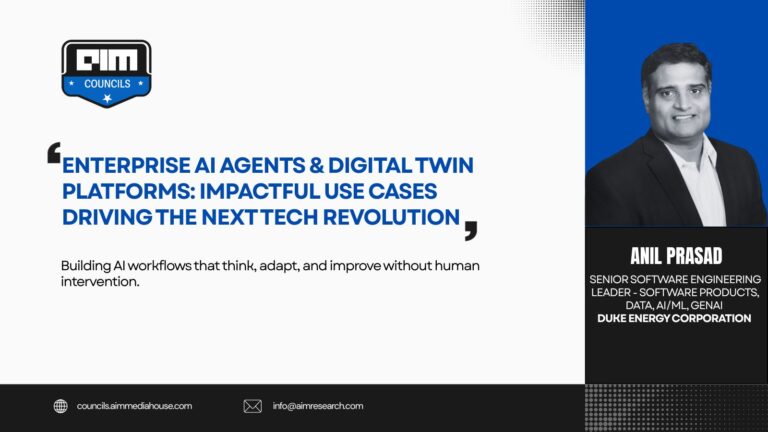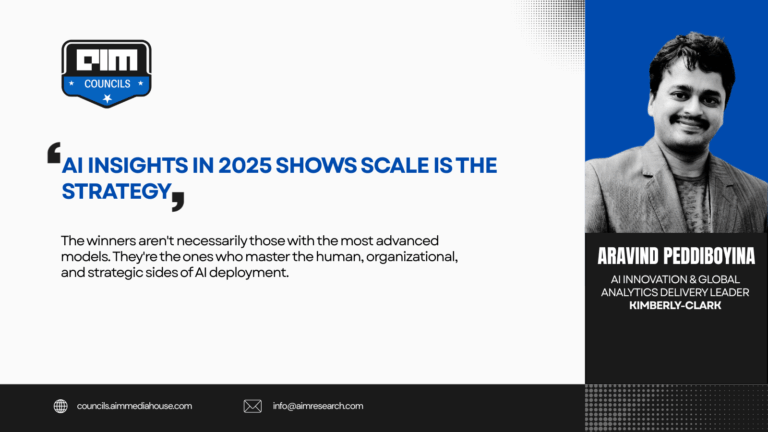Machine unlearning represents a significant paradigm shift in artificial intelligence development, enabling AI systems to selectively “forget” previously learned information. Unlike traditional machine learning that focuses on pattern recognition and knowledge acquisition, machine unlearning provides a mechanism to remove specific data points or concepts from trained models without requiring complete retraining. This article covers the rationale behind using concepts of Machine Unlearning in Enterprise-ready AI Systems.
Credits: Machine Unlearning process/ framework diagram from “A Survey of Machine Unlearning”
The Business Imperative on AI Compliance
In today’s regulatory landscape, enterprises face growing pressure to manage AI systems responsibly. Machine unlearning addresses several critical challenges that organizations encounter with deployed AI models. Primarily, it enables compliance with privacy regulations such as GDPR’s “right to be forgotten” by allowing the removal of personal data upon request. This capability extends beyond regulatory compliance to mitigate potential liability from copyrighted material inadvertently included in training data.
“Can AI Learn to Forget?”, the “right to be forgotten” is not merely a theoretical concept, but a practical mandate. Companies must now demonstrate the ability to effectively erase personal data not only from databases but also from the very fabric of their AI models. Furthermore, Google’s Machine Unlearning Challenge, the issue of copyright infringement is particularly acute in the realm of generative AI.
Large language models, by their nature, are trained on vast datasets, potentially including copyrighted material. Machine unlearning offers a crucial mechanism for enterprises to proactively address this risk, mitigating legal and reputational damage. This proactive approach to compliance, as emphasized by IBM Think Insights, allows businesses to build trust and demonstrate responsible AI practices.
Cost of maintaining AI Systems
The financial implications are substantial. Conventional retraining of large language models to remove undesirable content typically requires months of processing and millions in computing resources. Machine unlearning offers a more efficient alternative, enabling targeted removal of problematic data without rebuilding models from scratch.
The sheer scale of modern AI models, particularly large language models, makes traditional retraining a prohibitively expensive and time-consuming endeavor. Research is actively exploring efficient machine unlearning techniques to bypass this costly process.
Targeted unlearning allows for the precise removal of specific data points, drastically reducing the computational overhead. This efficiency is a cost-saving measure and is necessary for maintaining the agility and responsiveness of enterprise AI systems. By enabling precise data removal, companies can avoid the need to retrain entire models, allowing for a far more efficient usage of resources.
Freshness of Information in AI Systems
For enterprise AI deployments, machine unlearning facilitates real-time knowledge management. When information becomes outdated or incorrect, systems can automatically self-correct without interrupting service availability. This dynamic adaptability proves particularly valuable in sectors where information accuracy directly impacts decision quality, such as healthcare, finance, and legal services.
In essence, machine unlearning allows for the ongoing refinement of AI models, ensuring they reflect the most current and accurate information. As demonstrated by “A Review on Machine Unlearning” research, the ability to selectively remove obsolete data points enables AI systems to adapt to dynamic environments without needing complete retraining. This is particularly crucial in sectors like healthcare, where new research constantly updates medical knowledge, or finance, where market conditions shift rapidly. By integrating machine unlearning, enterprises can ensure their AI-driven decisions are based on the latest, most reliable insights, fostering accuracy and trust in their applications.
Implementation
Implementation approaches generally fall into two categories: exact unlearning, which algorithmically removes data influence entirely, and approximate unlearning, which efficiently minimizes influence through limited parameter updates. The latter has gained traction for complex enterprise systems where computational efficiency remains paramount.
Major technology enterprises have been at the forefront of developing and implementing machine unlearning capabilities. IBM, Google, and Microsoft are actively working to integrate machine unlearning into their production AI systems. These initiatives are primarily driven by the need to address privacy regulations and provide more responsive control over data used in training models.
IBM, in particular, has applied machine unlearning to address the challenge of removing sensitive or unwanted content from large language models. Their researchers have demonstrated that machine unlearning approaches are significantly faster and more cost-effective than traditional retraining methods when applied to enterprise-scale models. This capability allows IBM to retroactively remove specific unwanted data or behaviors from deployed models while maintaining overall functionality.
Conclusion
As AI continues its integration into core business functions, machine unlearning will transition from innovative technology to operational necessity. Organizations deploying AI at scale must develop frameworks for systematic unlearning to maintain data integrity, ensure compliance, and preserve public trust. The companies that master this capability will gain competitive advantage through more adaptable, responsible AI systems that align with evolving business needs and regulatory requirements.







